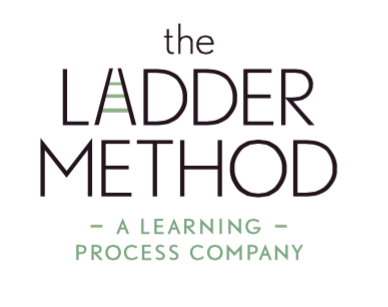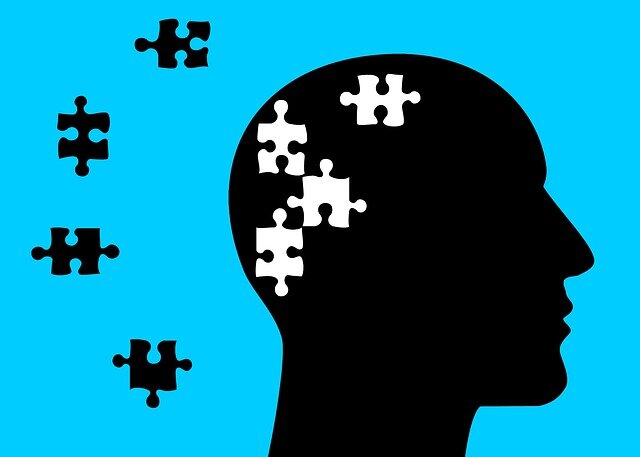
Executive Functioning Coaching
photo via @StockRocketOur Executive Functioning Coaching
Program
Learn Executive Functioning The Ladder Method way
Intake & Assessment
It all begins with a phone consultation with one of our client services enrollment executives. Once we have a feel for the needs of the family, we implement an assessment coach who meets with the student and family to assess further needs.
Implementation
Once the assessment is reviewed, a strategy is created by the assessment staff and our Student Success department. It is then implemented in weekly appointments. Our suggestions on meetings and meeting length will depend on our assessment.
Ongoing Evaluation
The Assigned coach and Student Success team then meet regularly to assess progress and to assess key moments to implement or shift further skill building for the client.
What is the The Ladder Method difference?
What is the difference between learning Executive Functioning and learning Executive Functioning through
The Ladder Method?
Proprietary Approach
We do things differently because we have a proprietary approach and curriculum developed by our founder.
We knew that in order to deliver results we had to duplicate Candice’s approach. It is not just how we quality control our program, it is how we know we are delivering a program that works.
Statistical Success Rates
We know our program works because we use statistical models and data to measure our success with each one of our students.
We don’t succeed unless you or your child succeeds.
Team Work
We work in teams to deliver our results.
Unlike working with a single educator or therapist, you not only get your individual educator, you work with a team of staff members to ensure that your child is on track to thrive.
Meet Noah Donner Klein
He started with us in the Spring of 2019. Hear his dramatic story of improvement using our toolbox and our proprietary method of instruction on executive functioning skills.
He has now successfully graduated his major at USC and his thriving in a new career only 1 month after graduating college.

Our Executive Functioning FAQ
What is Executive Functioning?
8 -12 key skills that people use to plan and execute tasks as diverse as setting the table to playing sports to completing homework and turning it in.
The skills we focus on are below:
Organization
The ability to create methods and systems to stay tidy and have things put away where they can be found easily.
What this looks like in practice: You regularly find your child’s homework or papers thrown into a backpack without organization. This student or adult may regularly misplace keys or assignments.
Time Management
An ability to understand accurately how long something will take to properly plan and execute.
What this looks like in practice: An inability to understand why something was not completed on time, procrastination or a failure to complete most of the steps before having to turn something in.
Working Memory
The ability to keep pieces of information in one’s head for the duration of when it is needed.
What this looks like in practice: An inability to remember directions even after having had them explained numerous times. An inability to memorize without regular repetition. It may look like absentmindedness.
Self-Monitoring
The ability of a person to understand how they are doing at a task.
What this looks like in practice: An inability to understand why they didn’t do well on an assignment or a project.
Planning
The ability to understand how to plan out the execution of a set of tasks and prioritize between tasks.
What this looks like in practice: An inability to set out a plan to execute a project, presentation or set of homework.
Focus/ Attention
An ability to maintain sustained focus on a person or project and shifting to the next project when needed.
What this looks like in practice: An inability to maintain focus for the duration of something, interrupting an adult with an unrelated topic, interrupting in class with an unrelated topic.
Task Initiation
The ability to initiate a task that is assigned without coaxing or another adult present.
What this looks like in practice: An inability to get started or to understand and get started on the next step in an order of tasks.
Emotional Regulation
The ability of a person to react appropriately to positive or negative feedback or instructions.
What this looks like in practice: An inability to restrain an emotional feeling. Children or Adults that lack emotional regulation overreact to an issue.
Task Management
An ability to understanding the micro-steps and timing of a bigger project and how to manage those steps in an order. See also planning.
What this looks like in practice: An inability to task manage might look a weakness to understand what the micro-steps of a project are, how to prioritize them, how to allocate time for them and what steps go in what order.
Meta-Cognition
The ability to understand how one learns best to apply it to acquire more information.
What this looks like in practice: An inability or struggle to study for tests or understand what processes work best for the learner.
Goal Directed Perseverance
The ability to stick to the task at hand and not give up when faced with a challenge.
What this looks like in practice: An inability to stick to the task at hand and switch when faced with challenges. Several projects go incomplete.
Flexibility
The ability to adapt when something changes or shifts either in terms of due date or expectation.
What this looks like in practice: An inability to cope with the shift and either an outburst or impulsivity ensues.
Read Articles about Executive Functioning Skills









How-are-executive-functioning-skills-different-from-study-skills? Executive functioning are cognitive processes that enables us to plan, focus attention, remember instructions, and juggle multiple tasks successfully. While study skills are….